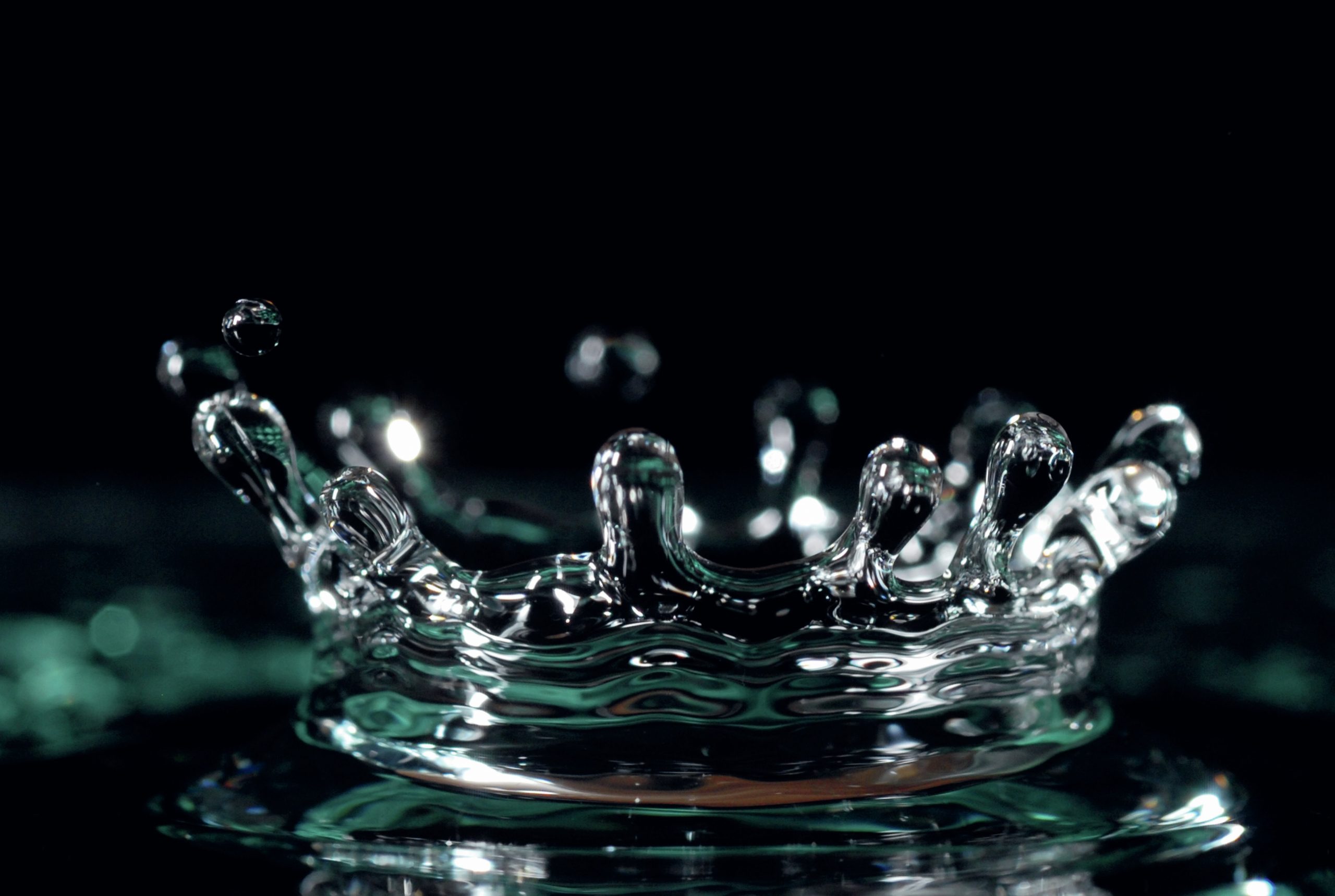
Water condenses in the atmosphere around nuclei, tiny particles where water vapour can condense into fledgling water droplets, which grow as the water molecules interact with each other. A water molecule (H2O) is held together by two covalent bonds. These oxygen–hydrogen covalent bonds are polar, because oxygen is better at attracting electrons towards itself than hydrogen.
The small positive and negative charges on the hydrogen and oxygen atoms respectively allow hydrogen bonds to form between the water molecules (Figure 1). The hydrogen bonds are relatively weak, about one twentieth the strength of the covalent bonds in water, but there are a lot of them holding the raindrop together, so collectively they are strong.
Your organisation does not have access to this article.
Sign up today to give your students the edge they need to achieve their best grades with subject expertise
Subscribe




